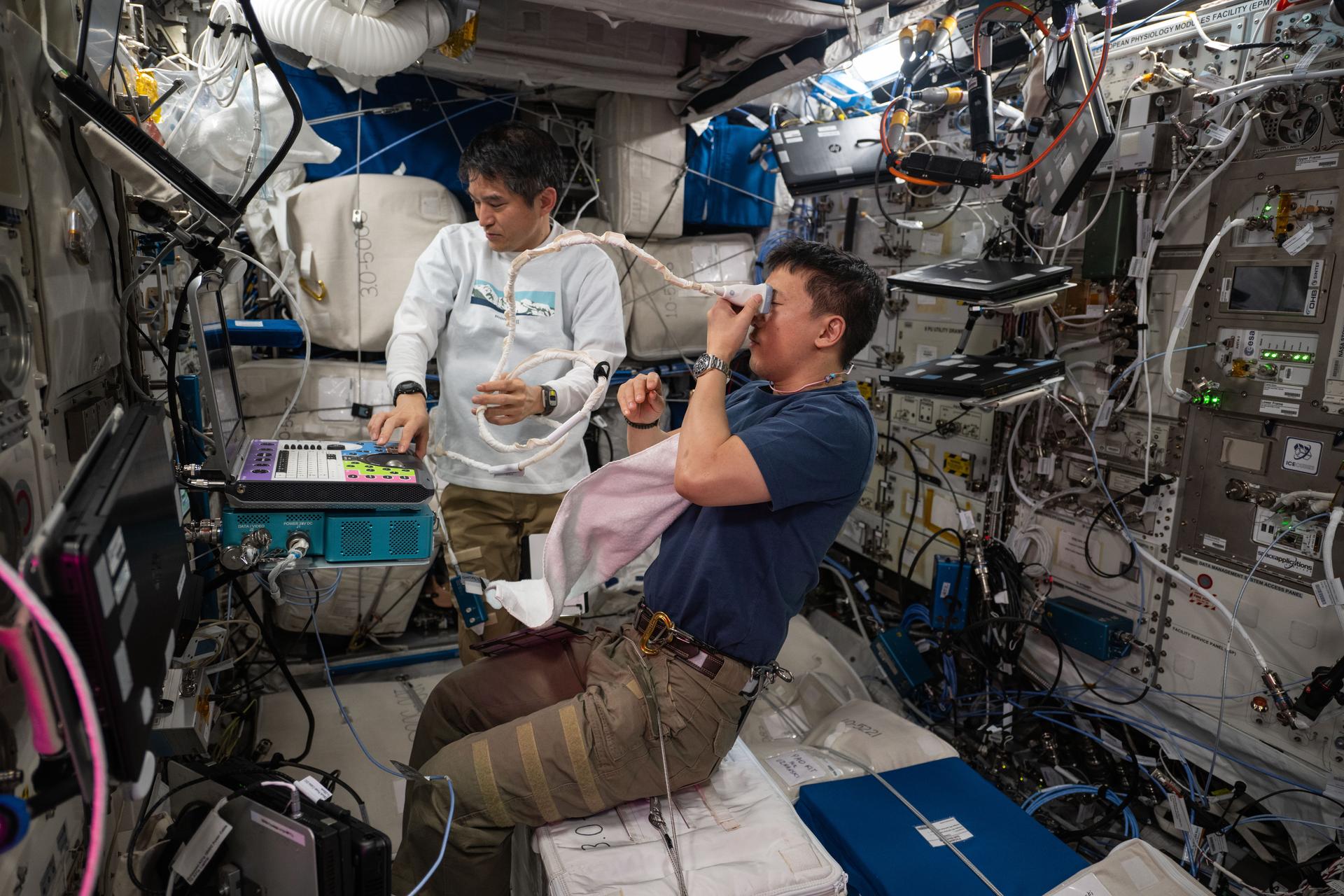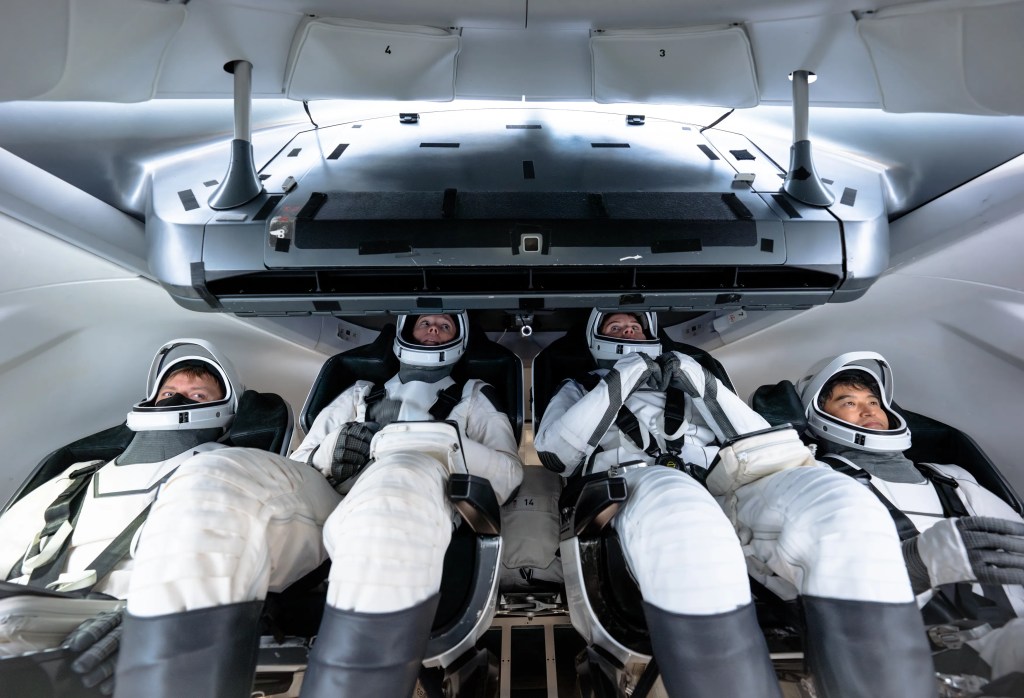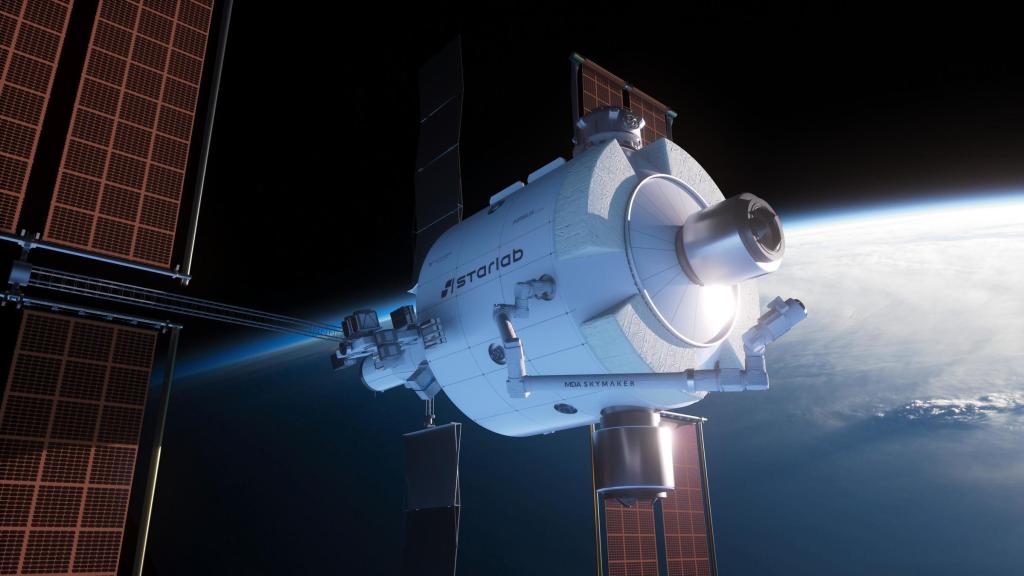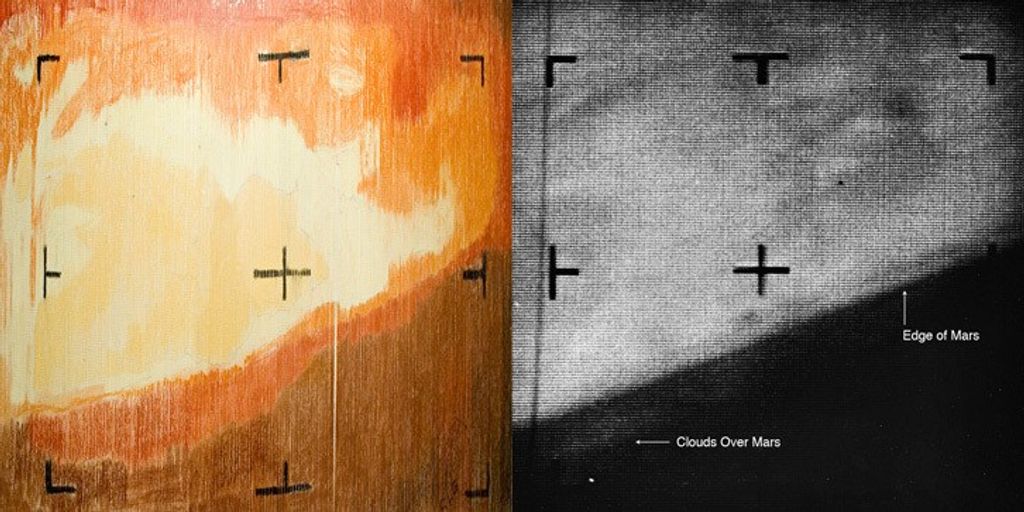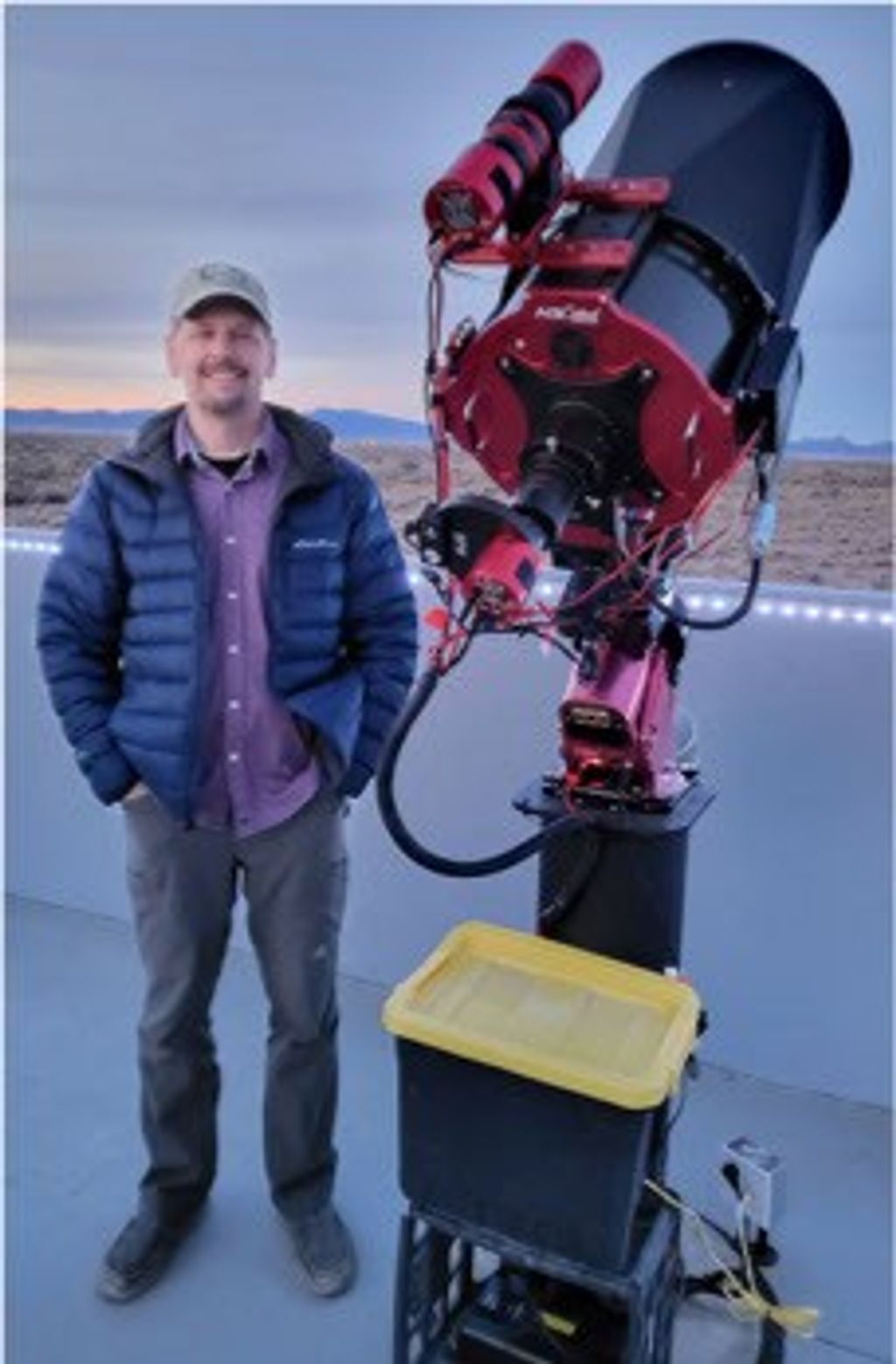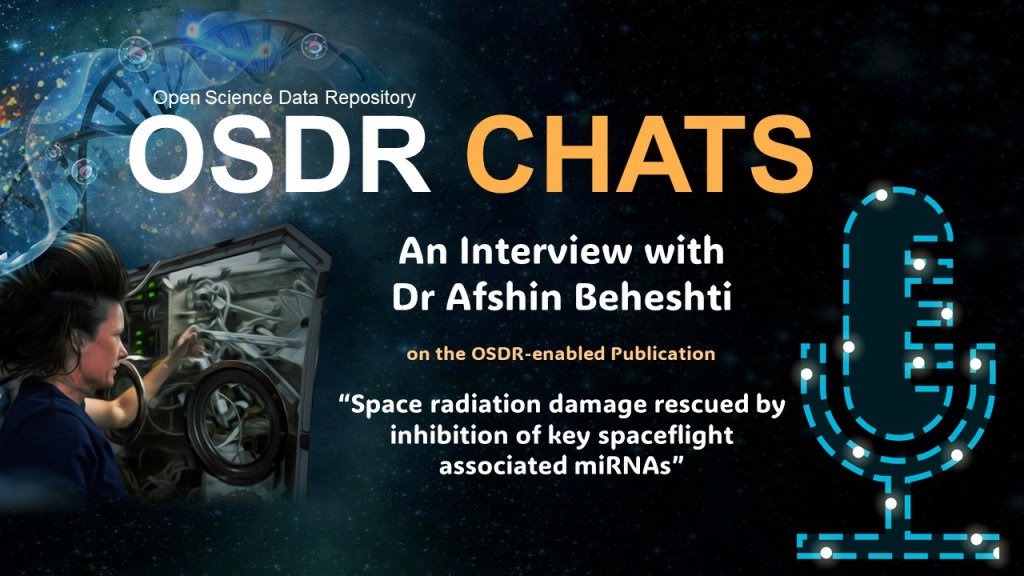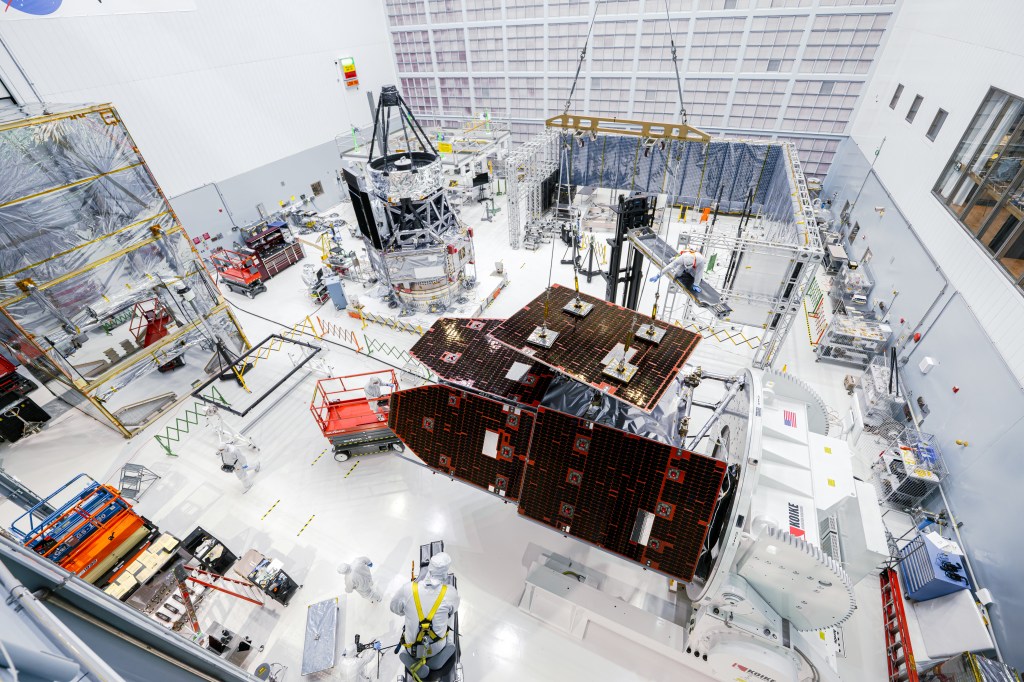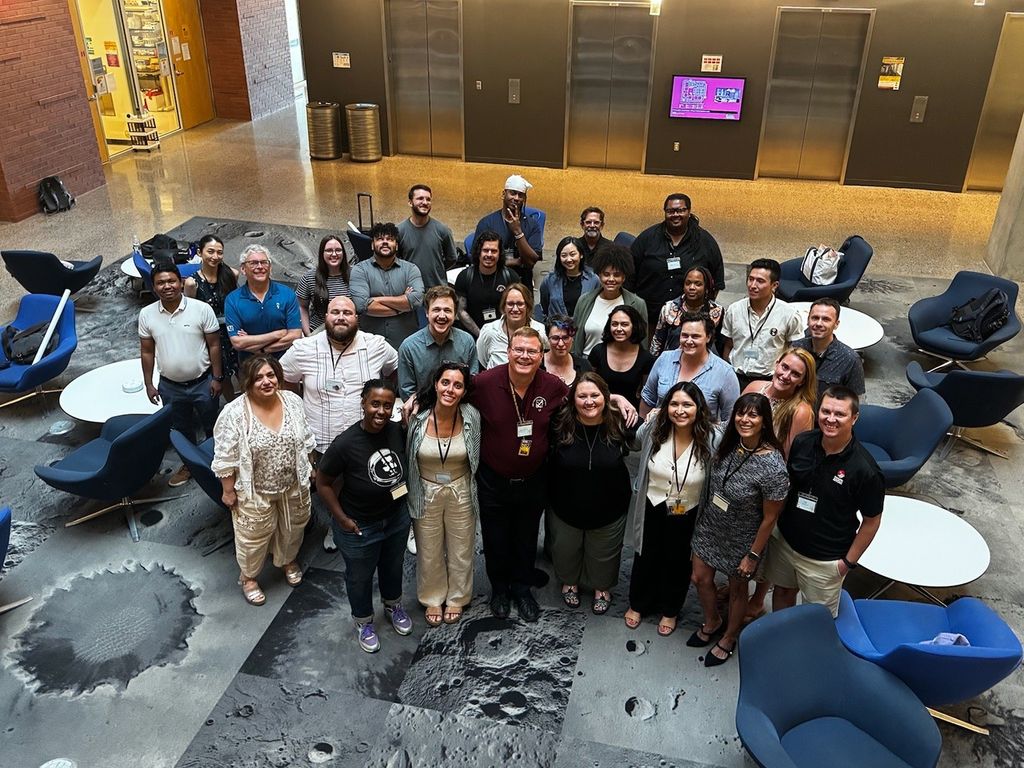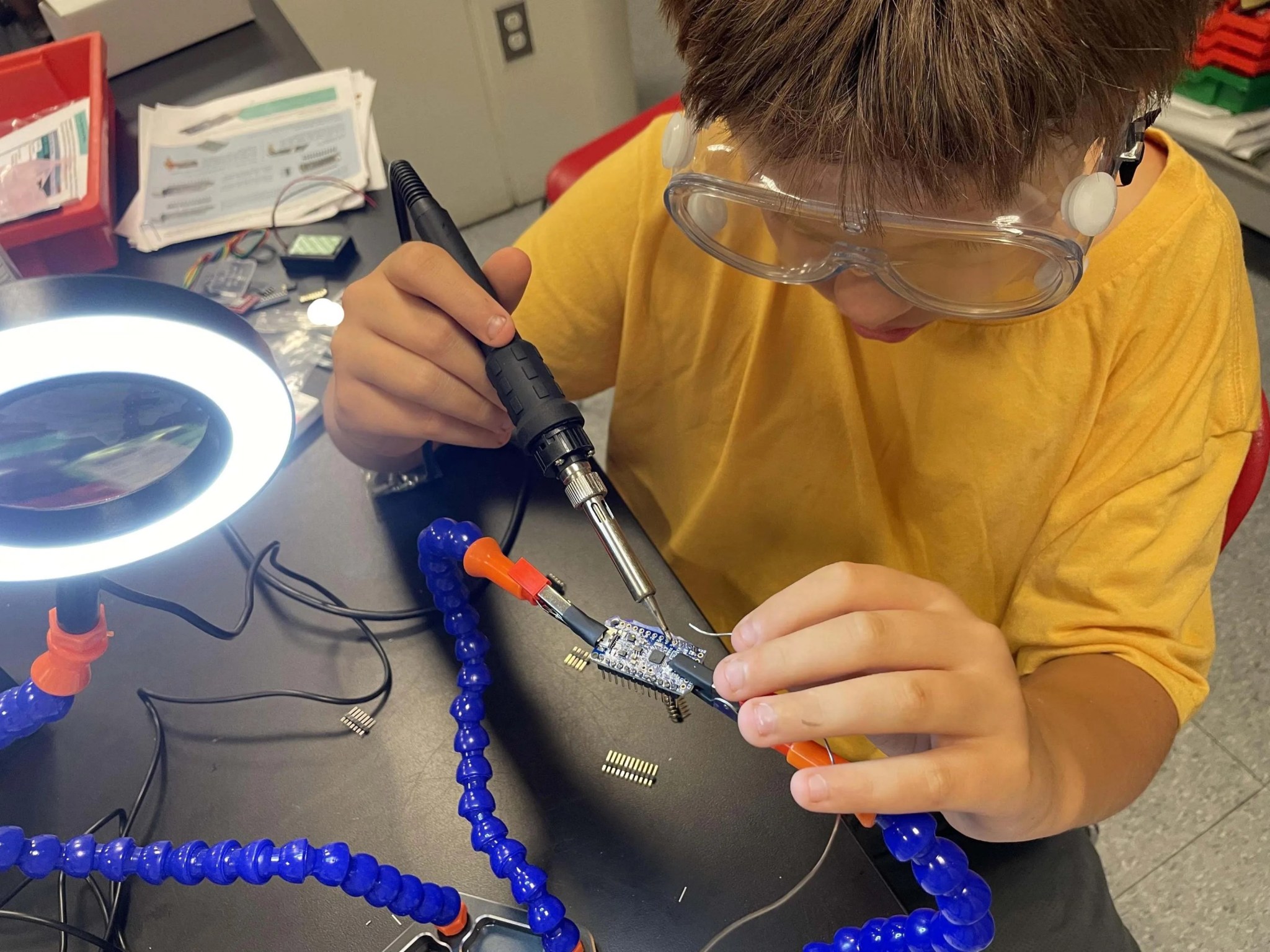Neurodiverse Youth Build & Launch Rockets with NASA’s Neurodiversity Network
NASA’s Neurodiversity Network (N3), led by Sonoma State University in Rohnert Park, CA, has partnered with the New York Hall of Science (NYSCI) to revise rocket and payload building activities originally developed for college students to work for young learners on the autism spectrum. From August 8-12, 2022, NYSCI hosted a camp for five autistic middle-school students to introduce them to rocket science through a combination of hands-on activities and a longer culminating project. During the camp, each learner worked with museum educators to build both a payload and a rocket. At the end of the week, every student launched their rockets from a nearby field, assisted by N3 rocketry expert, Tony Alcocer. Skills acquired by these learners included soldering to create experimental payloads and the assembly and construction of model rockets. The excitement of launch day at the end of the week was felt by everyone, campers and staff included. All but one rocket was recovered successfully.
Georgette Williams (NYSCI): "The students really worked hard and had a great time learning to solder the parts of their rocket. We all felt immense satisfaction and were in awe watching their rockets blast off at the end of the camp. It was the perfect representation of all their efforts."
Learn more about the N3 project team’s rocketry resource redevelopment program and view the assembly and launch video: http://n3.sonoma.edu
NASA’s Neurodiversity Network is supported by NASA under cooperative agreement award number 80NSSC21M0004 and is part of NASA's Science Activation Portfolio. Learn more about how Science Activation connects NASA science experts, real content, and experiences with community leaders to do science in ways that activate minds and promote deeper understanding of our world and beyond: https://science.nasa.gov/learners
https://n3.sonoma.edu/resources - see Activities tab







